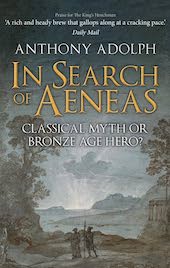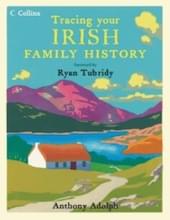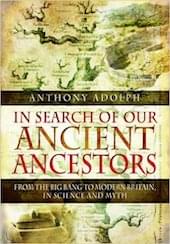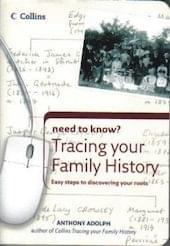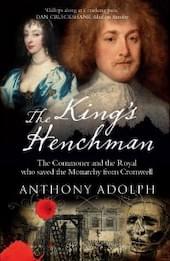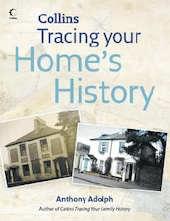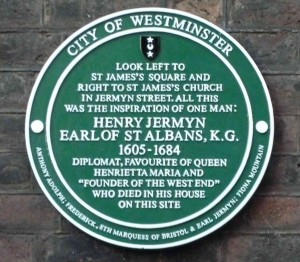 HENRY JERMYN’S GREEN PLAQUE
HENRY JERMYN’S GREEN PLAQUE
28 September 2011 saw the culmination of a five year project, to put up a plaque commemorating Henry Jermyn, in St James’s. Up to about ten years ago, there was a concrete frieze, showing a rather youthful Jermyn receiving the deeds of St James’s from Charles II, in Jermyn Street, but when the building on which it was displayed was redeveloped, the frieze disappeared, and has never been heard of since. In St James’s church, at the top of the pilasters on either side of the altar, are two depictions of his coat of arms, and of course he had the foresight to name Jermyn Street and St Albans Street after himself, but that was it – no statue, no plaque, nothing to tell the countless numbers of people who come to St James’s, and admire its undying elegance and charm, whose inspired idea the whole thing was.
Initially, as one might expect, I approached English Heritage, who operate the well-known Blue Plaque scheme. They asked if Jermyn’s house in St James’s was still standing. In fact, he had had two, but both have subsequently been rebuilt. To my dismay, English Heritage informed me that, as the actual buildings were not standing, then they were not interested. I pointed out that houses were standing on the same sites, and, more importantly, I wanted to commemorate the man who had created the whole of St James’s, which was very much “still standing” – but they remained unmoved.
Luckily, I quickly found out about another scheme, the Green Plaque scheme, which had been pioneered within Westminster City Council by its deputy leader, Cllr Robert Davis – and which was not hemmed in by silly rules. As soon as I presented Jermyn’s case, they took up the project with enthusiasm. We decided that, of the two sites of Jermyn’s two houses in St James’s Square, the most appropriate, and publically visible one was his second, on the corner of the square and Duke of York Street, the house in which he lived his last years, and where he died in January 1684. After the house had been rebuilt in the 1700s, it became the residence of William Pitt, Earl of Chatham (a fact commemorated by a Blue Plaque!), and it was there, before the move to Downing Street, that the first true government “cabinet meetings” had been held. Now called Chatham House, it is the home of The Royal Institute of International Affairs, whose directors very kindly agreed to my plaque being attached to their wall.


(Left) Guests assembling in St James’s Square prior to the unveiling. (right) Myself introducing Cllr Davis (right) and Lord Bristol (left), before the latter formally unveiled the plaque.
Even with the council’s backing, the project took a long time – a fifth of the time, in fact, that it had taken Jermyn to create the whole of St James’s from scratch. The plaque had to be approved by seemingly endless numbers of internal council committees, and that was to say nothing of gaining planning permission: Chatham House being a listed building, both the council’s planning department and, ironically, English Heritage had to have their say. Architects’ drawings, showing the entire elevation of the building, were apparently necessary for the planners to envisage what the building would look like with a small green plaque attached to it, and other hoops had to be jumped through into the bargain.
But finally, under the careful guidance of the Green Plaque scheme’s coordinator, Chris Stanton, the requisite permissions were obtained. Even then, it seemed impossible for everyone to agree exactly where on the building the little plaque should go, but finally, within less than a week of the unveiling, the perfect spot was identified and agreed upon. All this time had given me plenty of time to plan the day itself. Chatham House kindly donated a sumptuous reception room, just inside from the wall on which the plaque would be fixed.
The choice of who should unveil the plaque was a foregone conclusion. Jermyn left no legitimate children, so his title of Baron Jermyn passed to his nephew, Thomas Jermyn. Thomas left no surviving sons, so the bulk of his estate, including his interests in St James’s, went to his eldest daughter Maria, wife of Sir Jermyn Davers, whose son Sir Jermyn Davers left a daughter and heiress, Elizabeth, who married Frederick Hervey, Earl of Bristol, a descendant of John Hervey of Ickworth, a cousin and friend of Jermyn’s, and trustee of some his leases, whose family had a house in St James’s Square as a result. When the Herveys became Marquesses of Bristol, they were granted the additional title of Earls Jermyn of Horningsheath. The present holder of both titles is Frederick Hervey, 8th Marquess of Bristol and Earl Jermyn. I already knew of Lord Bristol’s interest in Jermyn, and was delighted when he graciously accepted the invitation to unveil the plaque. Later, because the council were keen for different people to become involved with the plaque as sponsors, Lord Bristol kindly agreed to become a co-sponsor with me as well.


(Left) Immediately, the plaque was attracting interest from passers by. (Right) The three sponsors of the plaque, Lord Bristol, Fiona Mountain and myself, with Cllr Davis.
All was on track for an unveiling sometime in 2010, when an unexpected development took place. As you can read just above here, the novelist Fiona Mountain, busily working on a novel about Queen Henrietta Maria, started realising for herself that Henry Jermyn had been a strangely unacknowledged force in the queen’s life. Then, she learned about my book. Oddly, she knew of me already: several years before, she had written two novels about a genealogist, and had come to me to check a few details. As she wrote herself, she read my book I one sitting, threw out her existing manuscript, and started writing the love story of Jermyn and Henrietta Maria. The novel, Cavalier Queen, was due out in September 2011, so we willingly held off the unveiling accordingly, and so enthusiastic was Fiona about the plaque that she became its third co-sponsor.
Finally, everything was in place. Large though the reception room at Chatham House was, numbers were still very limited, and having invited the obligatory officials, press and so on, each of the three sponsors had only a very limited number of invitations available, so many agonising decisions were made on who to ask, and who to risk offending by not asking: if you were one of the people who was not asked, please do not be offended – we were faced with an almost impossible decision and just had to do our best.
On the day itself, we waited nervously until Chris Stanton arrived with the plaque itself, newly manufactured in Wales, and two workmen, and watched with baited breath and crossed fingers as it went up, without being dropped: initially, it was slightly askew, but then another hole was drilled, and in it went, perfectly. Later, the guests assembled, and at that 5.30, I had the pleasure of introducing Cllr Davis, who gave a speech of welcome, and Lord Bristol pulled the chord, to reveal the plaque, properly, inaugurating its long career of telling passers-by that everything they could see, from St James’s Square to Jermyn Street and St James’s Church, were the work and inspiration of Jermyn.
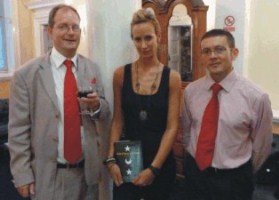 (Left) Myself, Lady Victoria Hervey, an ancestral niece of Henry Jermyn’s and Scott Crowley.
(Left) Myself, Lady Victoria Hervey, an ancestral niece of Henry Jermyn’s and Scott Crowley.
Later, at the reception, a collection was made in aid of St James’s Church (usually called “‘St James’s Piccadilly”, but more correctly, “St James’s, Jermyn Street”) (see Jermyn and St James’s Church). All three of the sponsors gave short speeches. Fiona Mountain talked about how Jermyn’s life had inspired her book. Lord Bristol, whose father was born in the Square, described his family’s long association with the Jermyns (“we liked them so much we married into them twice”).
For my own speech, I took up the story with the ceremony that took place on 13 July 1685, a year and a half after Jermyn had died. The church had finally been completed, and years of battling with church and state bureaucracy had come to fruition by the area being made into its own parish. That day, the Bishop of London came to the front door of Jermyn’s house, and Jermyn’s lawyer and nephews handed over the deeds for the new church. They all processed out, round the corner, past where the plaque is now, and up to the church, to inaugurate the new rector (whose 24th successor, Rev. Lucy Winkett, was one of our guests), and to remember Jermyn.
My speech ended: That ceremony of July 1685, a year and a half after Jermyn died in his house on this site, marked the great achievements of a great man. I would like to thank you all very much indeed for coming today, and for all the varied support and interest you have all shown in this whole project. But above all, I would like to thank the man whose memory we are all here today to commemorate: Henry Jermyn, Earl of St Albans.
Already, the plaque has attracted some favourable attention:
www.london24.com nominated Jermyn “Londoner of the Day”.
www.bbc.co.uk/news http://westminster.londoninformer.co.uk: WEST END: A green plaque will be put up today in honour of Henry Jermyn, the original builder of the St James’s area of London who was known as the ‘founder’ of the West End. He died in a house at the corner of Duke of York Street and St James’s Square in 1684. Guests expected at the unveiling ceremony include Westminster Council’s deputy leader Councillor Robert Davis, BBC TV presenter and art historian Dan Cruickshank [who was invited but could not actually make it], authors Anthony Adolph and Fiona Mountain, and Lord Bristol, the council’s green plaque scheme commemorates historic sites around the borough.
“Jermyn Street Plaque” (news item), Family Tree Magazine, December 2011, p. 7.
“Illustrious ancestry”, “family history news” in Family History Monthly, December 2011, issue 203, p. 16.
The unveiling was also covered by a full page article in the December 2011 edition of East West, the magazine of the East India Club (which is in St James’s Square).


